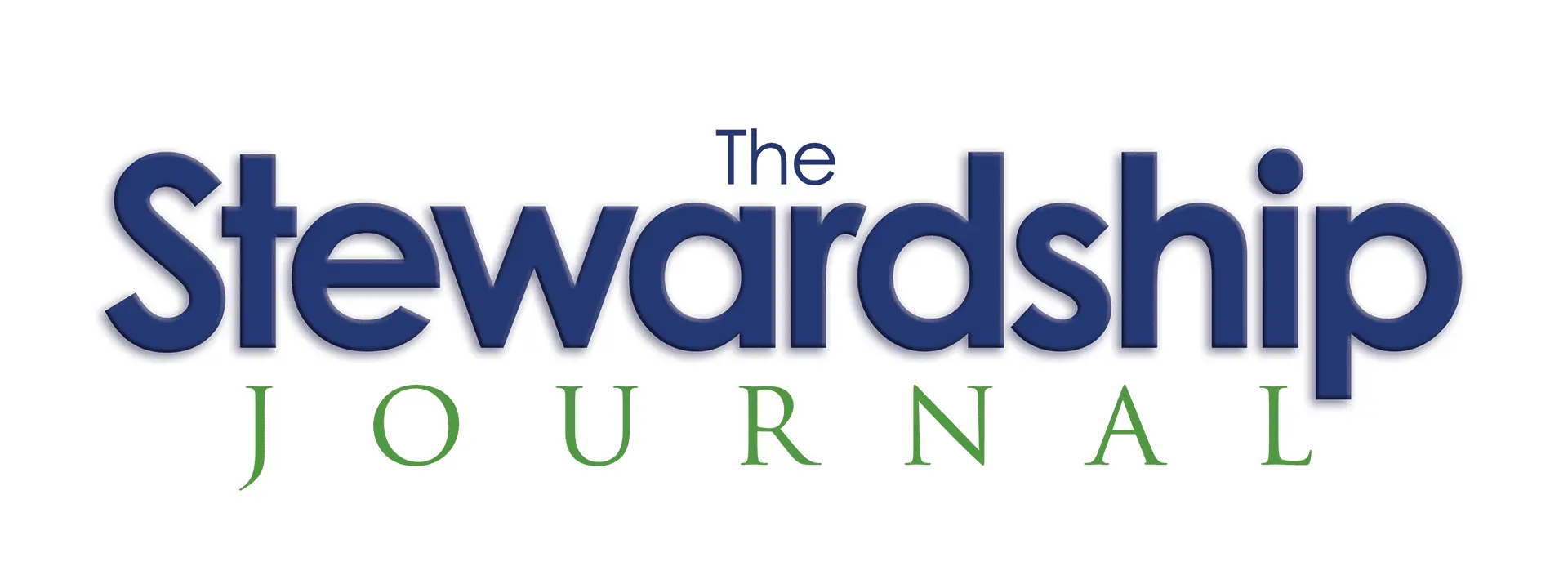Remember what it was like that first shut down Sunday in March 2020, and your offering went to practically zero overnight? That is your future if you don’t do something quickly. If you doubt me, have your financial person give you a listing of the top ten donors in your church and see how many of them are Baby Boomers. The faithful got you through Covid. What are you going to do in 2030 when they are all retired?
By the way, if you wait until 2030 to do something, you will have waited too late. The time for action is now, and the easiest place to start is with the offering time. Thus, this edition of the Coach is my now annual edition of The Anatomy of the Offering Time.
Who has an offering time in this Covid world we live in? Churches that want to be open in 2030. My theme throughout this series on the offering is this; the offering is not dead; it’s different. So, while you might never again pass a plate, you must figure out how to keep the offering as an essential part of worship. The Great Generational Giving Shift demands that we work to disciple the next generation to be faithful stewards, or your church won’t survive through the 2030s. Deleting the offering time from your service will only hasten your church’s financial demise. Do I have your attention now? Then let’s start by understanding the basics, or what I call the anatomy, of the offering time.
The Anatomy of a Great Offering Time starts by understanding …
The Heart of the Offering – The most important part of any offering time is what I call its heart. The heart of the offering is the story of the offering. I have always taught that every “ask” must have a driver. The driver is the story of your vision. A worshipful, well-planned offering time with heart will touch the heart of the attendee.
When you ask with heart, people will give! That’s why it’s the most important part of the offering. Yet, just like your human heart, the heart of the offering won’t survive alone. Therefore, I teach that we also need to understand …
The Head of the Offering – An offering motivated by the heart will help you gain a first-time gift. To develop long-term donors, we must connect both heart and head. This is the task of discipleship, and your offering times can become a time of teaching biblical stewardship. How can we do that? Here are a few pointers:
- Tell them why with Scripture – From time to time, it is essential to tell them why giving is so important to a Christian. I think you can effectively use the offering time to teach the value of the offering by sharing what the Bible says about giving, generosity, and offerings. What better tool than the Bible? Remember this:
- Always be positive! Using Scripture doesn’t mean bashing people over the head with the pulpit Bible. Guilt never moves the heart toward generosity.
- 20% to 30% of your offering appeals should be about connecting the head by teaching what Scripture has to say on the subject.
The best offerings are vision-driven offerings that help people see how their gift will make a difference in others’ lives. The anatomy of a great offering starts with the heart, continues to the head, and then must move to…
The Hand of the Offering – When I talk about the hand of the offering, I am talking about making “the ask.” Here is where most offerings go awry. Let’s talk about how to use your hands properly, your “ask” in the offering.
Never apologize for taking up an offering! Back in the day before Covid, most churches led off the offering time by saying, “As we take up our offering this week, if you are a guest, please don’t feel like you have to give. This time is for our members.” It is past time that we stopped apologizing for asking people to give and instead present to them a compelling reason to give.
People will figure out they don’t have to give. My goal is to make them want to give. Telling them that they don’t have to give is like putting your hand up as a stop sign. STOP THAT!
You want your hands open and extended, inviting them to worship through giving. To accomplish this, I use what I call…
The 2 Sentence Out. Here is how that breaks out: you have been telling a story that touches the heart, but now you are at the end of the story. What now? I want to extend an invitation to all to give generously. I do that in two sentences like this:
“Every time you give here, you help support stories and lives (just like what you shared). This morning we encourage you to join us in worship as we give of our tithes and offerings.”
Extending the hand and making the “ask” is the key to gaining a response. Then end with what I call…
The Feet of the Offering – It answers the question, “How can I give?” We must show them how easy it is to give at your church by mentioning the various ways to give. The offering plate, text, app, online, etc. End by saying something like,
“Remember, we have multiple easy ways you can give here. The bulletin/screens give you that information. Let’s pray…”
Ensure that the information on how to give is listed in multiple places and across all platforms, including the main worship platform. It is easier than ever to give and give instantly with today’s technology.
In two minutes or less, you can make the offering time one all members look forward to. When we tell a compelling story and give immediate opportunity for people to give, people will give, and giving will increase. So, if you ever pass the plate again or not, you will still need an offering time. Think of it as a teachable moment.
See the Bonus Section on How I Write Offering Talks for more tips and pointers on the offering time.
Every offering time should have these basic elements in mind as you pray and plan out your offering. These elements work on video as well as live presentations. Challenge your team to embrace these elements for each and every offering, and I guarantee that giving will increase.
Let me end with one more piece of advice, think beyond this week’s offering time. As your stewardship coach, my ultimate giving goal is to see your donors set up their giving to be recurring. Recurring giving is one of the best ways to assure financial stability even amid a crisis.
What percentage of your giving comes through recurring giving? That is a key offering metric that you should know and keep an eye on. I always advise making January and May months to encourage members to sign up for recurring giving. Even a small percentage of an increase in recurring donors will make a huge difference in receipts at the end of the year: the more money, the more missions and ministry.
We are seeing some of our clients approach 50% or higher of their giving coming through recurring giving. I’d be more than happy to discuss how to increase your average. To learn more about all of our online giving options, go to https://www.onlinegiving.org/.
I would only add one more thought. The best offering times are those that are birthed by and through prayer. If we want to make the offering a more worshipful time, it starts with us. What if every team member knew exactly what your weekly budget requirement was, and they prayed for that amount at least to be given every week? Call me a mystic, but I believe those prayers would help breathe life into your offering time and increase your giving. Give it a try.

mark@acts17generosity.com


